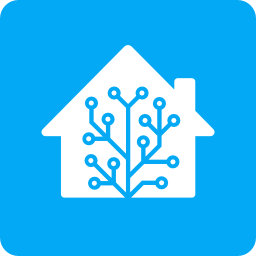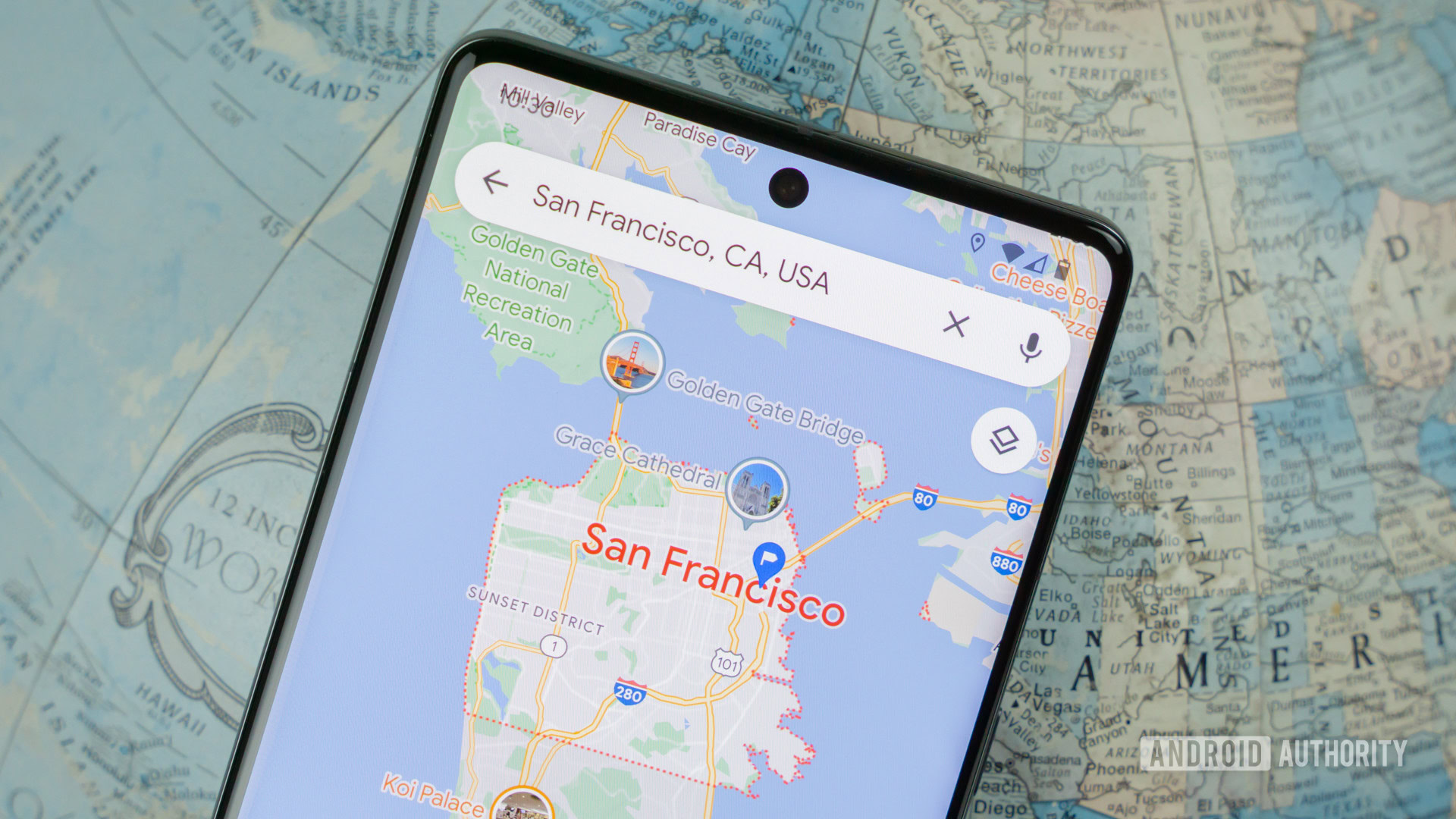

Computer algorithms solve problems all over the world for companies already. I bet airlines already have teams of people using computer algorithms to figure crew management, flight routing, cost optimization, etc.
The fact that they’re exploring quantum computers and non-classical algorithms just suggests that gate allocation is NP-Hard. Sure things go wrong when computers fail already, Look at Southwest or Delta’s recent meltdown, but to act like this a bad thing is just nonsense. This should be looked at as a good thing that airlines are working on.


















I have my doubts that a company would be able to just abandon a live and operational nuclear power plant. I’m no nuclear or power engineer, but I am familiar with data center power consumption. There are companies in the region that would absolutely build more data centers, but are power constrained from the utility companies in the area, that are not just for AI, but for general compute. Even then, it’s low carbon production energy. If you have a ton of excess power, just start forcing high carbon production facilities in the area to close and now you’ve greened the grid.